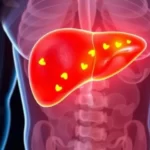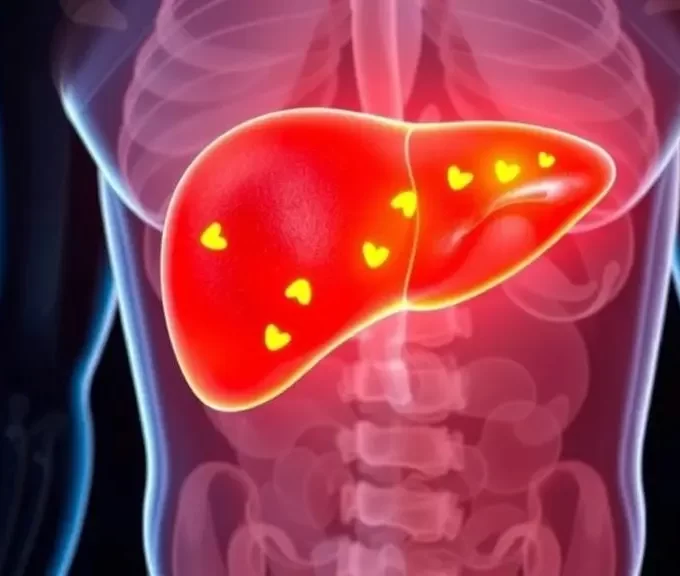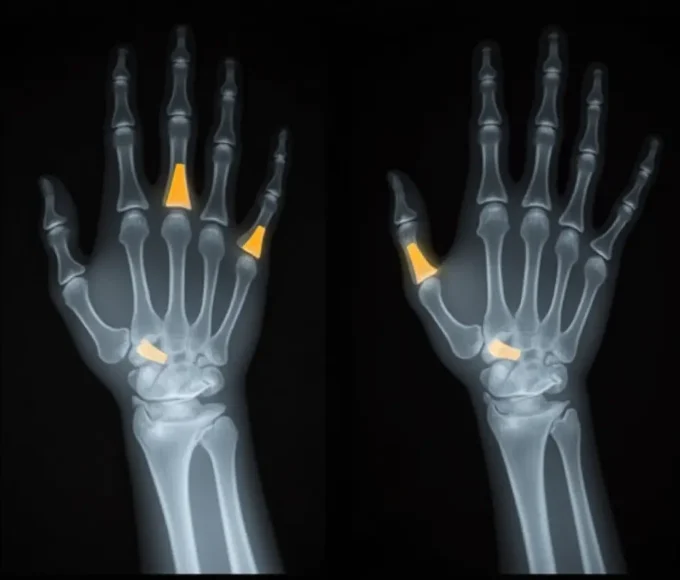Key facts
Dengue is a mosquito-borne viral infection.The infection causes flu-like illness, and occasionally develops into a potentially lethal complication called severe dengue.The global incidence of dengue has grown dramatically in recent decades.About half of the world’s population is now at risk.Dengue is found in tropical and sub-tropical climates worldwide, mostly in urban and semi-urban areas.Severe dengue is a leading cause of serious illness and death among children in some Asian and Latin American countries.There is no specific treatment for dengue/ severe dengue, but early detection and access to proper medical care lowers fatality rates below 1%.Dengue prevention and control solely depends on effective vector control measures.
Dengue is a mosquito-borne infection found in tropical and sub-tropical regions around the world. In recent years, transmission has increased predominantly in urban and semi-urban areas and has become a major international public health concern.
Severe dengue (previously known as Dengue Haemorrhagic Fever) was first recognized in the 1950s during dengue epidemics in the Philippines and Thailand. Today, severe dengue affects most Asian and Latin American countries and has become a leading cause of hospitalization and death among children in these regions.
There are four distinct, but closely related, serotypes of the virus that cause dengue (DEN-1, DEN-2, DEN-3 and DEN-4). Recovery from infection by one provides lifelong immunity against that particular serotype. However, cross-immunity to the other serotypes after recovery is only partial and temporary. Subsequent infections by other serotypes increase the risk of developing severe dengue.
Global burden of dengue
The incidence of dengue has grown dramatically around the world in recent decades. Over 2.5 billion people – over 40% of the world’s population – are now at risk from dengue. WHO currently estimates there may be 50–100 million dengue infections worldwide every year.
Before 1970, only nine countries had experienced severe dengue epidemics. The disease is now endemic in more than 100 countries in Africa, the Americas, the Eastern Mediterranean, South-east Asia and the Western Pacific. South-east Asia and the Western Pacific regions are the most seriously affected.
Cases across the Americas, South-east Asia and Western Pacific have exceeded 1.2 million cases in 2008 and over 2.2 million in 2010 (based on official data submitted by Member States). Recently the number of reported cases has continued to increase. In 2010, 1.6 million cases of dengue were reported in the Americas alone, of which 49 000 cases were severe dengue.
Not only is the number of cases increasing as the disease spreads to new areas, but explosive outbreaks are occurring. The threat of a possible outbreak of dengue fever now exists in Europe and local transmission of dengue was reported for the first time in France and Croatia in 2010 and imported cases were detected in three other European countries.
An estimated 500 000 people with severe dengue require hospitalization each year, a large proportion of whom are children. About 2.5% of those affected die.
Transmission
Aedes aegypti; adult female mosquito taking a blood meal on human skin.
WHO/TDR/Stammers
The Aedes aegypti mosquito is the primary vector of dengue. The virus is transmitted to humans through the bites of infected female mosquitoes. After virus incubation for 4–10 days, an infected mosquito is capable of transmitting the virus for the rest of its life.
Infected humans are the main carriers and multipliers of the virus, serving as a source of the virus for uninfected mosquitoes. Patients who are already infected with the dengue virus can transmit the infection (for 4–5 days; maximum 12) via Aedes mosquitoes after their first symptoms appear.
The Aedes aegypti mosquito lives in urban habitats and breeds mostly in man-made containers. Unlike other mosquitoes Ae. aegypti is a daytime feeder; its peak biting periods are early in the morning and in the evening before dusk. FemaleAe. aegypti bites multiple people during each feeding period.
Aedes albopictus, a secondary dengue vector in Asia, has spread to North America and Europe largely due to the international trade in used tyres (a breeding habitat) and other goods (e.g. lucky bamboo). Ae. albopictus is highly adaptive and therefore can survive in cooler temperate regions of Europe. Its spread is due to its tolerance to temperatures below freezing, hibernation, and ability to shelter in microhabitats.
Characteristics
Dengue fever is a severe, flu-like illness that affects infants, young children and adults, but seldom causes death.
Dengue should be suspected when a high fever (40°C/ 104°F) is accompanied by two of the following symptoms: severe headache, pain behind the eyes, muscle and joint pains, nausea, vomiting, swollen glands or rash. Symptoms usually last for 2–7 days, after an incubation period of 4–10 days after the bite from an infected mosquito.
Severe dengue is a potentially deadly complication due to plasma leaking, fluid accumulation, respiratory distress, severe bleeding, or organ impairment. Warning signs occur 3–7 days after the first symptoms in conjunction with a decrease in temperature (below 38°C/ 100°F) and include: severe abdominal pain, persistent vomiting, rapid breathing, bleeding gums, fatigue, restlessness, blood in vomit. The next 24–48 hours of the critical stage can be lethal; proper medical care is needed to avoid complications and risk of death.
Treatment
There is no specific treatment for dengue fever.
For severe dengue, medical care by physicians and nurses experienced with the effects and progression of the disease can save lives – decreasing mortality rates from more than 20% to less than 1%. Maintenance of the patient’s body fluid volume is critical to severe dengue care.
Immunization
There is no vaccine to protect against dengue. Developing a vaccine against dengue/ severe dengue has been challenging although there has been recent progress in vaccine development. WHO provides technical advice and guidance to countries and private partners to support vaccine research and evaluation. Several candidate vaccines are in various phases of trials.
Prevention and control
At present, the only method to control or prevent the transmission of dengue virus is to combat vector mosquitoes through:
preventing mosquitoes from accessing egg-laying habitats by environmental management and modification;disposing of solid waste properly and removing artificial man-made habitats;covering, emptying and cleaning of domestic water storage containers on a weekly basis;applying appropriate insecticides to water storage outdoor containers;using of personal household protection such as window screens, long-sleeved clothes, insecticide treated materials, coils and vaporizers;improving community participation and mobilsation for sustained vector control;applying insecticides as space spraying during outbreaks as one of the emergency vector control measures;active monitoring and surveillance of vectors should be carried out to determine effectiveness of control interventions.
WHO response
WHO responds to dengue in the following ways:
supports countries in the confirmation of outbreaks through its collaborating network of laboratories;provides technical support and guidance to countries for the effective management of dengue outbreaks;provides training on clinical management, diagnosis and vector control at the regional level with some of its collaborating centres;formulates evidence-based strategies and policies;develops new tools, including insecticide products and application technologies;gathers official records of dengue and severe dengue from over 100 Member States;publishes guidelines and handbooks for dengue prevention and control for Member States.










